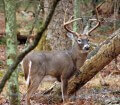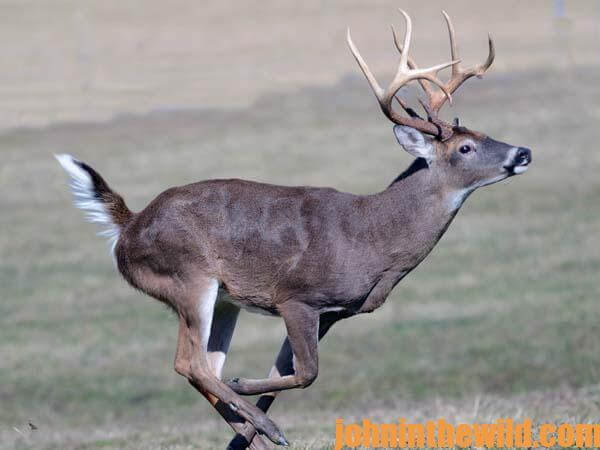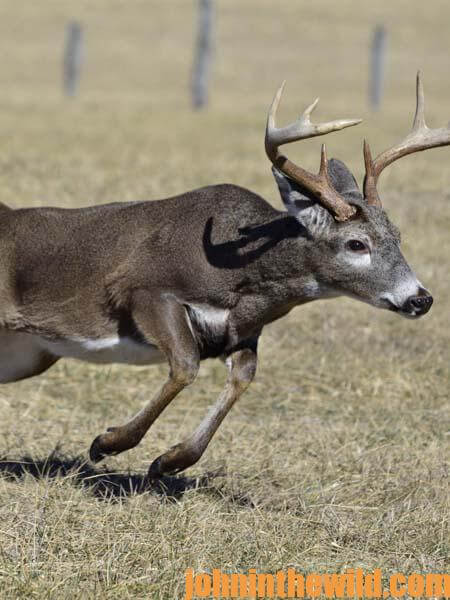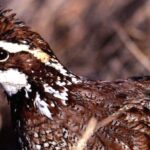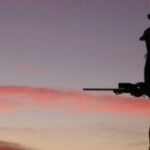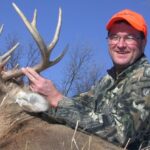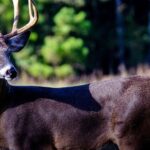John’s Note: Longtime, avid deer hunters Chris Yeoman, a guide, and Dr. Jim Nelson – both of Rapid City, South Dakota – enjoy shooting deer on the run and think nothing of making several hundred yard shots at running deer.
 “How well can you shoot, John?” Chris Yeoman of Rapid City, South Dakota, a deer-hunting guide and good friend, asked me. That’s like asking someone, “How pretty is your wife?” If you don’t think she’s the best-looking woman you’ve ever seen, then why would you have married her? And if you don’t think you’re a good shot, then why would you be out hunting? “Well, from 0 to 100 yards, I believe I can stand toe-to-toe with most hunters,” I answered. “But how good are you at 300 to 500 yards taking running deer?” Yeoman questioned.
“How well can you shoot, John?” Chris Yeoman of Rapid City, South Dakota, a deer-hunting guide and good friend, asked me. That’s like asking someone, “How pretty is your wife?” If you don’t think she’s the best-looking woman you’ve ever seen, then why would you have married her? And if you don’t think you’re a good shot, then why would you be out hunting? “Well, from 0 to 100 yards, I believe I can stand toe-to-toe with most hunters,” I answered. “But how good are you at 300 to 500 yards taking running deer?” Yeoman questioned.
I thought Yeoman was joking, but he was as serious as a hanging judge. I learned later that Yeoman and his hunting buddy, Dr. Jim Nelson, consistently bagged trophy bucks at these distances. Nelson takes two or three deer a season in several states. Seventy percent of the bucks Nelson bags he downs as the animals run at 100 to 500 yards away.
This type of long-distance shooting and hunting is as foreign to me as an alien from outer space is. In the Southeast, where I spend much of my deer-hunting time, a long shot is 150 yards. In the woods and fields of the East, rarely can you see a deer at a much greater distance. But in the wide open spaces of the West, long-distance shooting is a way of life. The men who consistently take the older-age bucks with the wide racks and high tines have learned to shoot accurately at distances that stagger an Easterner’s mind.
One of the reasons Jim Nelson, Chris Yeoman and many of the riflemen of the West regularly make these unbelievable shots at running deer is because from the time they’re young, they shoot coyotes. Yeoman and Nelson hunt coyotes intensively. For several years, Yeoman even was a professional coyote hunter. “I used a Lohman’s predator call for the coyotes,” Yeoman recalls. “At one time, you could make good money calling and taking coyotes. But the market for coyote pelts has been depressed for a number of years.”
In one season, Yeoman called and bagged 52 coyotes. Of those 52 animals, 20 of them were taken on the run. “I also missed about 50 coyotes that year,” Yeoman remembers with a chuckle. “We shoot a lot of ammunition when we’re coyote hunting. When you hunt this open country where you can see a long way and have the opportunity to shoot at great distances, the more ammunition you shoot, the better shot you’ll become. Another advantage when hunting running coyotes is if you miss the critter, you can see where your bullet hits and still have time to try another shot. For instance, if you shoot behind the animal, on the next shot, you can swing further ahead of it and usually compensate.”
“We shoot numbers of coyotes on the run at 100 to 300 yards,” Nelson explains. “The coyotes are much smaller than deer. As you build up your confidence at shooting coyotes at long distances, you have every reason to believe you can make that same kind of shot at a deer.”
T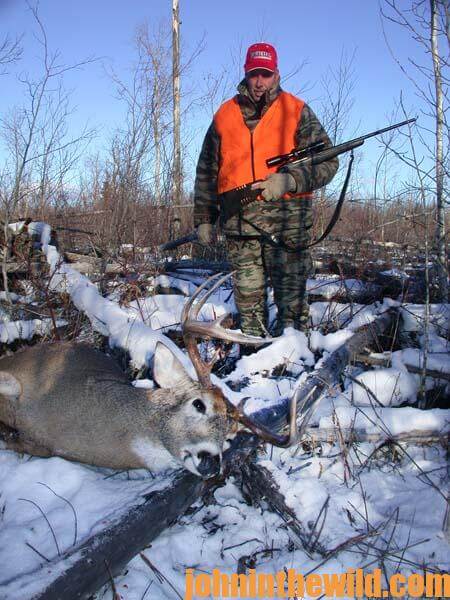 o get John E. Phillips’ Kindle eBooks and print books on hunting deer, “How to Hunt and Take Big Buck Deer on Small Properties,” “How to Hunt Deer Up Close: With Bows, Rifles, Muzzleloaders and Crossbows,” “PhD Whitetails: How to Hunt and Take the Smartest Deer on Any Property,” “How to Take Monster Bucks,” “How to Hunt Deer Like a Pro,” and “Bowhunting Deer: Mossy Oak Pros Know Bucks and Bows,” or to prepare venison, “Deer & Fixings,” click here.
o get John E. Phillips’ Kindle eBooks and print books on hunting deer, “How to Hunt and Take Big Buck Deer on Small Properties,” “How to Hunt Deer Up Close: With Bows, Rifles, Muzzleloaders and Crossbows,” “PhD Whitetails: How to Hunt and Take the Smartest Deer on Any Property,” “How to Take Monster Bucks,” “How to Hunt Deer Like a Pro,” and “Bowhunting Deer: Mossy Oak Pros Know Bucks and Bows,” or to prepare venison, “Deer & Fixings,” click here.
For information on making jerky from your deer to provide a protein-rich snack, you can download a free book from https://johninthewild.com/free-books.

